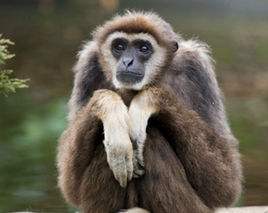
There are 5 subspecies of white-handed gibbons. Their hands and feet are white or pale white, hence the name white-handed gibbons.The population of white-handed gibbons generally consists of 5-8 members in a family, including one adult male and one adult female, and the rest are semi-adult and young...
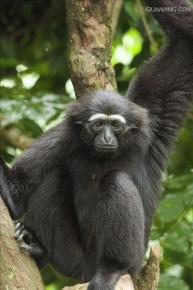
Hoobrow gibbon is a larger type of gibbon.Hoobrow gibbon was once considered to be one species with three subspecies. In 2006, the IUCN Primate Specialist Group agreed to divide the white-browed gibbon into two species: the eastern white-browed gibbon and the western white-browed gibbon. The Tianxin...

In Chinese history, the Guizhou golden monkey was called "Zongyi Beast" and "Guoran Beast". The Guizhou golden monkey has no subspecies differentiation, but some scholars merge it with the Sichuan golden monkey as two subspecies of the same species.Unlike the Sichuan golden monke...
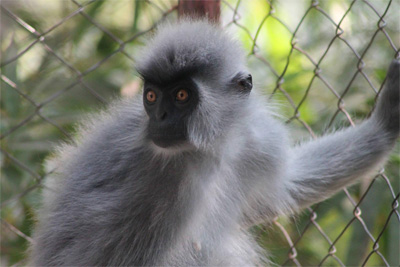
Shortridge's Langur is a primate found in northeastern Kachin State, Myanmar, and northwestern Yunnan Province, China. It was once thought to be a subspecies of the pileated langur (Trachypithecus pileatus).Xiao's black-winged monkeys are diurnal and live in groups of 2 to 15 individuals. Wh...
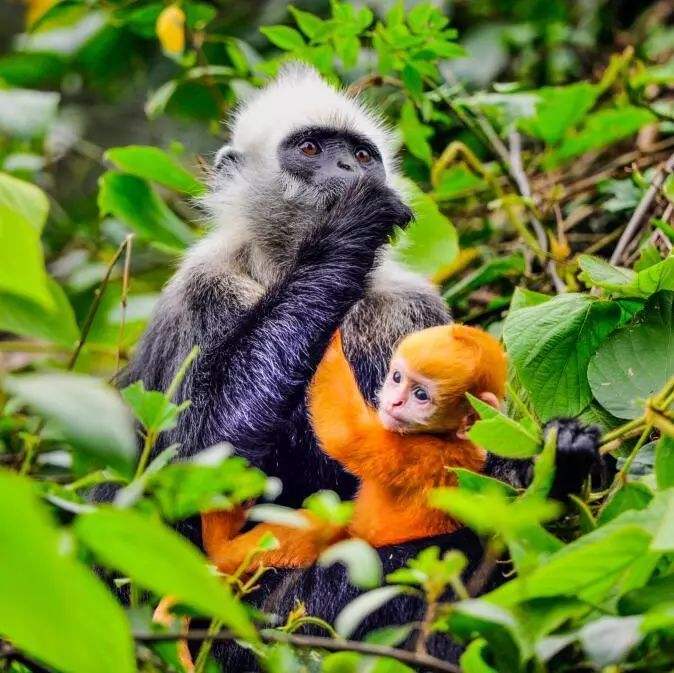
The white-headed langur is named for its food of leaves and is a rare monkey in my country.The white-headed langur is alert, very lively, active, and very good at jumping. The slender body, slender limbs, and well-developed hip calluses are just adapted to the life of living in trees and rocks. They...
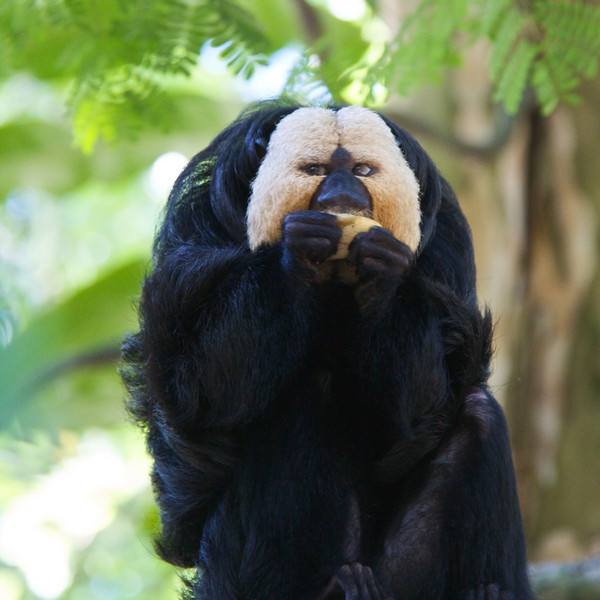
The shiny tail of the white-faced Saki monkey is about 34 to 45 cm long, so it is also called the "fox-tailed monkey". There are two subspecies.Male and female white-faced saki monkeys live in pairs for life, leading a traditional monogamous small group life, and only one baby is born each...
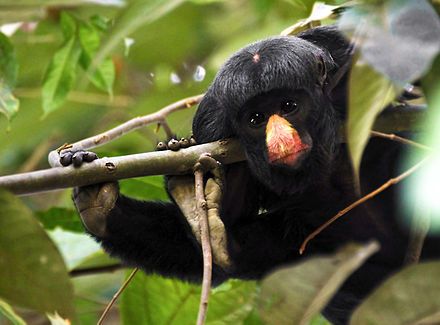
The white-nosed saki is an endangered bush monkey found in the southeastern Amazon rainforest of Brazil.The nose of the white-nosed saki is actually pink, not white. In 1848, a zoologist named Daviot got a specimen of a saki monkey. When he got the specimen, he saw that the nose was white. The nose...
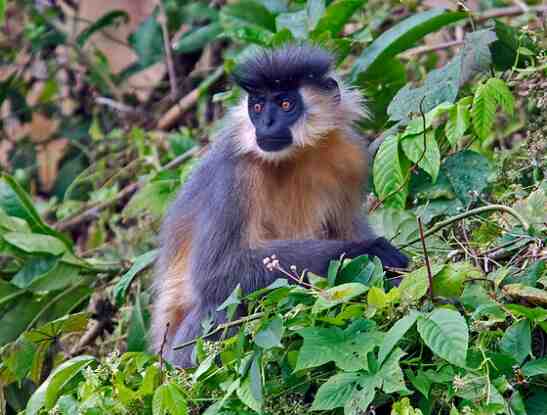
There are 4 subspecies of the hooded langur, with different fur colors. The Bengal subspecies has orange abdomen, beard and throat; the Bhutan subspecies has a gray collar, a light red abdomen, a black face and a dark gray crown; the Brahman subspecies has a much lighter fur color than other subspec...
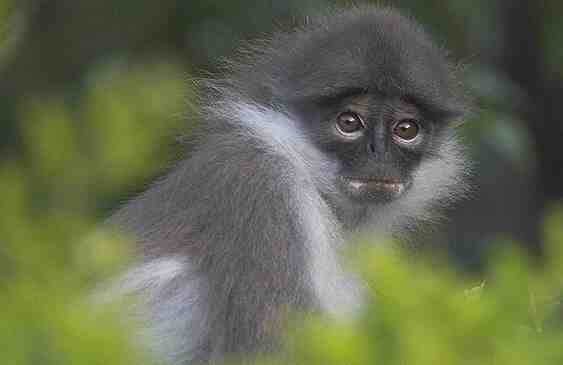
Philippine leaf monkeys are typical arboreal leaf monkeys in tropical and subtropical Southeast Asia. There are two subspecies: Philippine leaf monkey nominate subspecies and Philippine leaf monkey subspecies Yunnan.The activities, foraging and playing of Philippine leaf monkeys are mostly carried o...
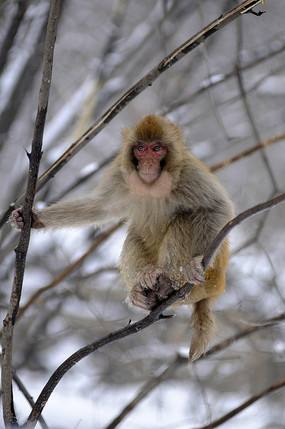
Macaques are the most common monkeys in nature, with 10 subspecies.Like the US presidential election, the Monkey King is also "re-elected" every 4 years and can also be re-elected. The throne of the monkeys is created through fierce struggles and fights between the strong. When the term of...
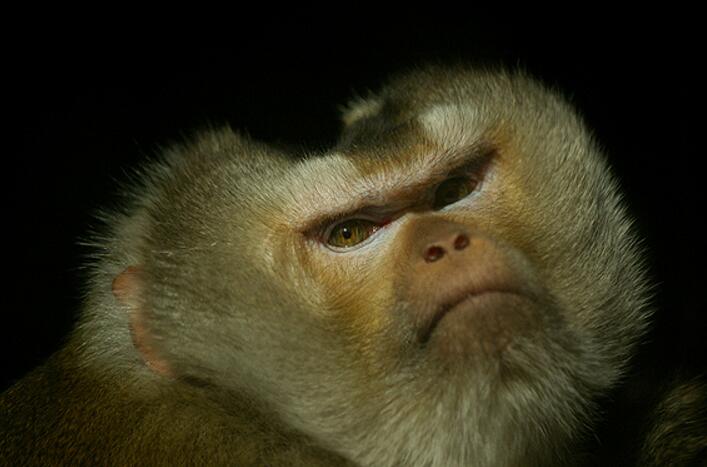
The northern pig-tailed macaque is a species of macaque, slightly smaller than the pig-tailed macaque.The northern pig-tailed macaque has a nickname called "flat-topped monkey", which comes from the fact that their heads are not only flat but also have a hair whorl. In addition to this app...
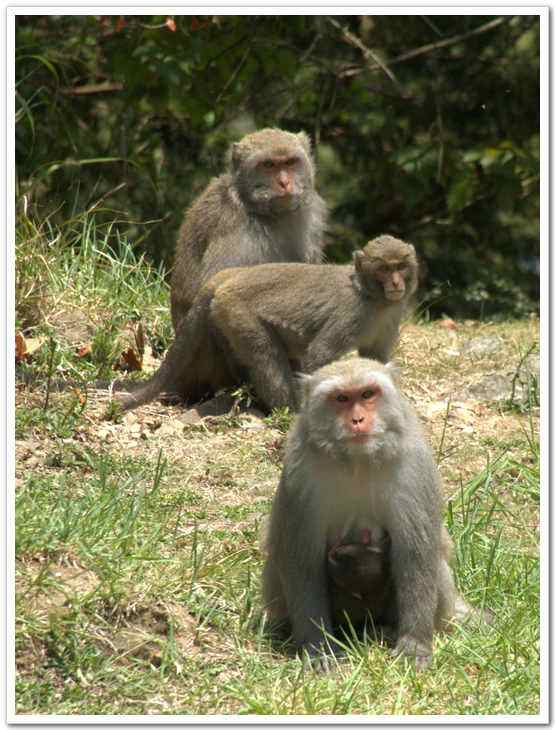
The Formosan monkey is endemic to China.The Formosan monkey is similar to the macaque, but with a grayer body and darker tail. Their tails are both more than half the length of their bodies, but the Formosan monkey's tail is proportionally longer, smaller and fatter than the macaque's.Around...
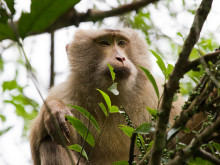
The bear monkey is endemic to the Himalayas and Indochina. It looks very similar to a macaque, but is slightly larger than a macaque. It is named because of its fat body and bear-like appearance.The call of the bear monkey is different from that of the macaque. It sounds like a dog barking, but with...
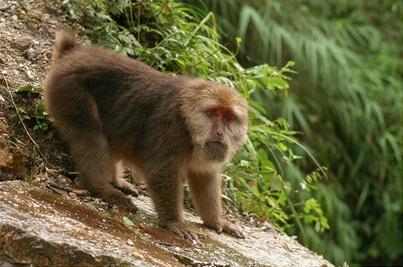
The macaque is a larger species of macaque that is endemic to South and Southeast Asia.The appearance of the macaque is so similar to that of the Tibetan emirate that many books confuse them with each other, and some people think that they belong to different subspecies of the same species. However,...

The pygmy slow loris is the smallest prosimian species in China. It is very similar to the slow loris but smaller in size, only half the size of the slow loris.The habitat and living habits of the pygmy slow loris are similar to those of the slow loris. It is mild-tempered, nocturnal, arboreal, and...
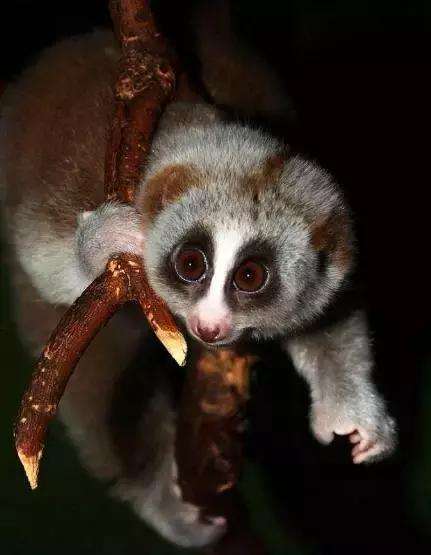
The slow loris is the largest of all species in the genus Sloris.Although the protection level of slow loris is very high, they are actually very inconspicuous animals in nature. Adult slow loris are only about 30 centimeters long and weigh less than two kilograms on average. Their overly petite siz...